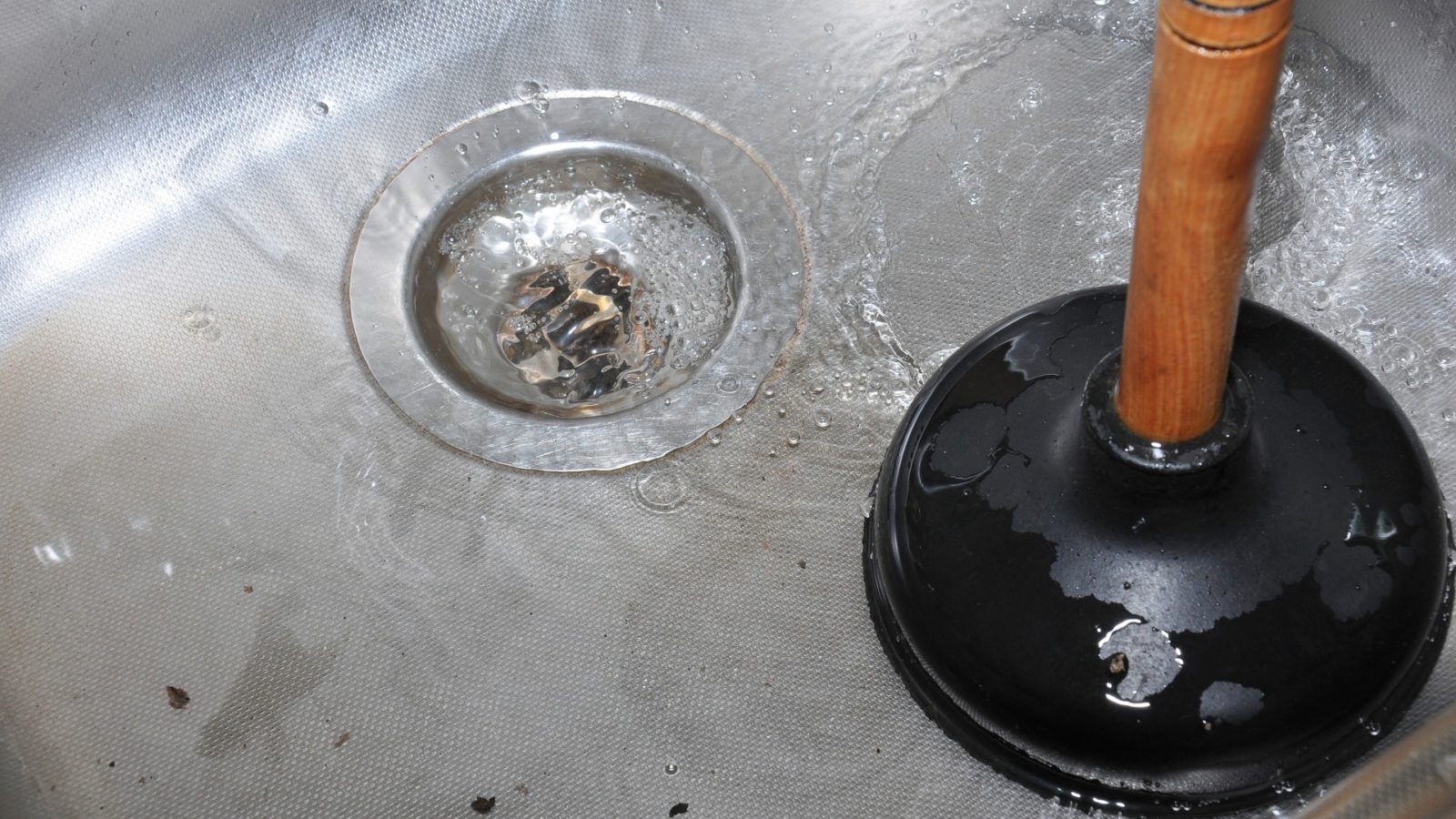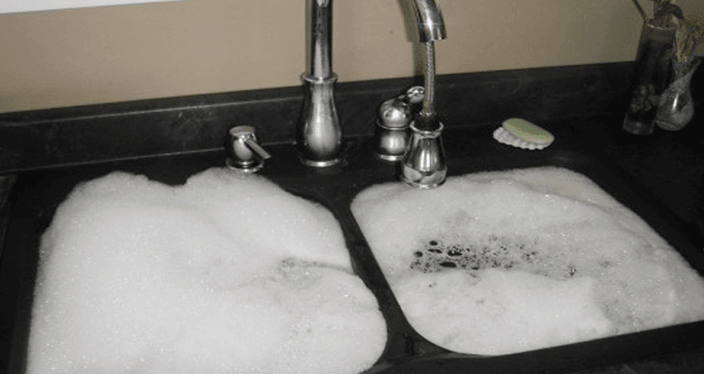They are making a few great pointers related to Why Is My Sink Not Draining? as a whole in the article directly below.

It's not normal for your kitchen area sink to clog up several times in one month. If your sink blocks twice a week, there's some problem going on.
An obstructed kitchen drainpipe does not simply slow down your duties, it degrades your entire plumbing system, gradually. Right here are some usual habits that motivate sink blockages, as well as just how to avoid them.
You require proper waste disposal
Reusing waste is fantastic, yet do you pay attention to your organic waste too? Your kitchen area should have two different waste boxes; one for recyclable plastics and one more for natural waste, which can come to be compost.
Having actually a marked trash bag will certainly aid you and your household stay clear of tossing pasta as well as other food residues away. Generally, these residues soak up moisture and end up being obstructions.
The mistake isn't from your kitchen sink whatsoever
Perhaps the trouble isn't from your kitchen sink, but the entire drain system. In such an instance, you might notice that other sinks as well as drains pipes obtain obstructed every other week. You need a professional plumbing service to repair this.
You're tossing coffee away
Made use of coffee grounds and coffee beans still absorb a considerable amount of wetness. They might appear little adequate to throw down the drainpipe, but as time goes on they begin to swell and use up more area.
Your coffee premises must enter into natural garbage disposal. Whatever portion runs away (probably while you're depleting) will certainly be cared for throughout your monthly cleanup.
You've been consuming a great deal of oily foods
Your cooking area sink might still obtain obstructed despite having natural waste disposal. This may be because you have a diet abundant in oily foods like cheeseburgers.
This grease coats the insides of pipelines, making them narrower and also more clog-prone.
Use a plunger
Your pipe had not been taken care of correctly in the first place
If you have actually been doing none of the above, however still get normal blockages in your kitchen sink, you should certainly call a plumber. There may be a problem with just how your pipes were installed.
While your plumber shows up, look for any type of leaks or abnormalities around your kitchen area pipes. Don't try to take care of the pipes on your own. This might trigger a mishap or a kitchen flooding.
Somebody tried to clean their hair in the kitchen area sink
There's a right time and also location for everything. The cooking area sink is just not the right location to wash your hair. Cleaning your hair in the kitchen area sink will make it obstruct eventually unless you use a drainpipe catcher.
While a drain catcher could catch most of the after effects, some strands might still make it through. If you have thick hair, this might be enough to slow down your drain and at some point form an obstruction.
There's more dust than your pipes can take care of
If you get fruits straight from a ranch, you may observe more kitchen area dust than other people that go shopping from a mall. You can quickly repair this by cleaning the fruits as well as veggies effectively before bringing them right into your house.You need appropriate garbage disposal
My Kitchen Sink Won’t Drain - What Should I Do?
If Your Sink Has a Garbage Disposal...
Turn on the disposal. If the disposal hums and doesn’t turn, then there’s clog in the disposal unit.
Go to your circuit breaker panel, and switch off the circuit breaker to your garbage disposal.
Back in your kitchen, double-check that your garbage disposal is off by trying to turn it on. The disposal should not move, and it should not make any noise.
Lie down underneath your sink so that you can see and access the bottom of the disposal unit. Look for a hole that looks like the head of a hex-head bolt in the center of the unit.
Place an Allen wrench inside this hole and turn it from side to side until you feel a decrease in resistance and are able to rotate the wrench completely in a single direction. This action rotates your disposal’s blade manually.
Put the wrench aside, and press the disposal unit’s reset button or switch.
Flip your garbage disposal’s circuit breaker switch back on, and turn on the unit to see if the obstruction has cleared. If it hasn’t, repeat the steps above until the obstruction is removed.
How to Unclog a Kitchen Sink Drain
If you have a double bowl sink, seal one side of the sink with an airtight lid or a second plunger before plunging the other side. Otherwise, you won’t be able to create adequate suction.
Place the cup of the plunger completely over the drain opening.
Turn on the faucet, and let the water run until it completely covers the cup of the plunger.
Start plunging by pushing the plunger down and pulling up again in order to build up suction. Make sure that the edges of the plunger stay in contact with your sink, or else you’ll lose the suction.
If you have trouble forming a seal between your sink and plunger, add petroleum jelly to the mouth of your plunger, and try again.
Plunge about five or six times before removing the plunger to see if water starts to drain properly. In some cases, you’ll even be able to feel the clog become dislodged while you plunge because suddenly there will be much less resistance. Repeat the plunging process until the clog clears.
Once water is draining properly again, run hot water down the drain for 5 minutes to help clear away grease, grime, and debris from the clog. https://www.plumbingjoint.com/blog/2019/august/my-kitchen-sink-won-t-drain-what-should-i-do-/

My Kitchen Sink Won’t Drain - What Should I Do?
If Your Sink Has a Garbage Disposal...
How to Unclog a Kitchen Sink Drain
https://www.plumbingjoint.com/blog/2019/august/my-kitchen-sink-won-t-drain-what-should-i-do-/
Do you really like more info about Five Ways to Fix a Slow Sink Drain? Put feedback down the page. We'd be pleased to hear your opinions about this blog entry. In hopes that you visit us again in the future. Are you aware of someone else who is occupied with the topic? Be sure share it. Many thanks for going through it.
Check This Out